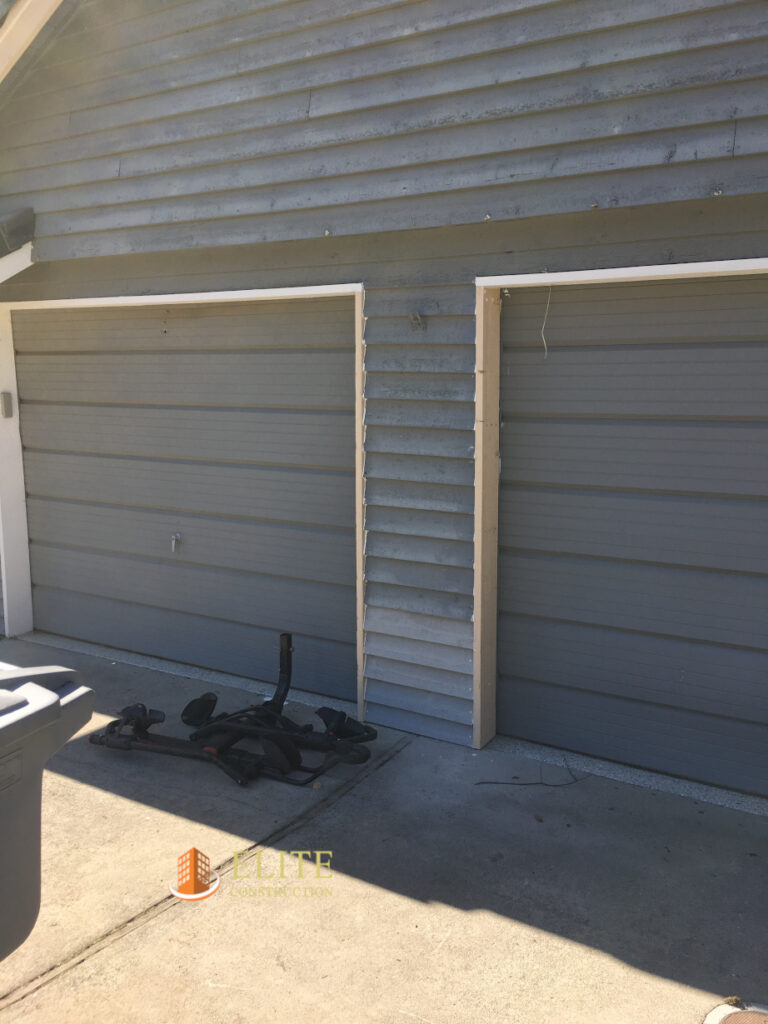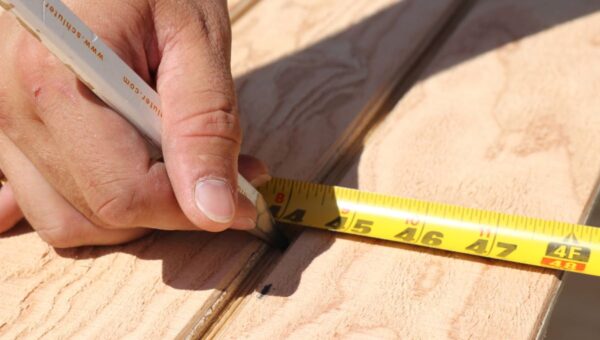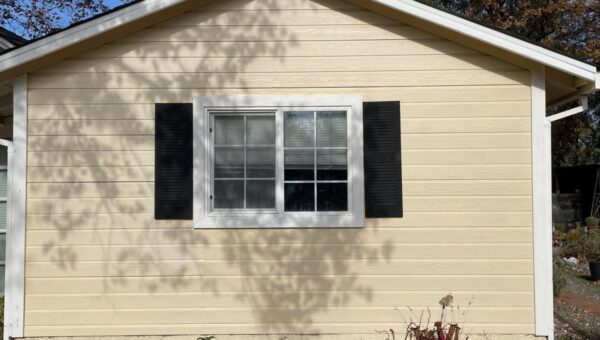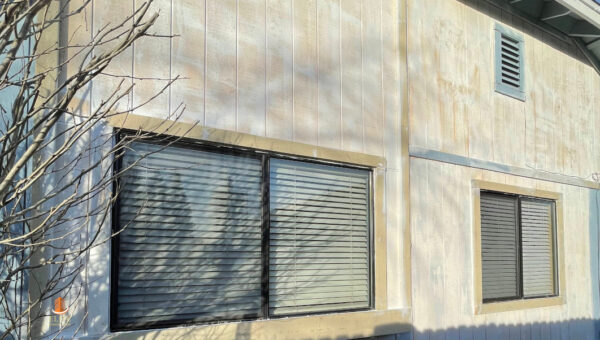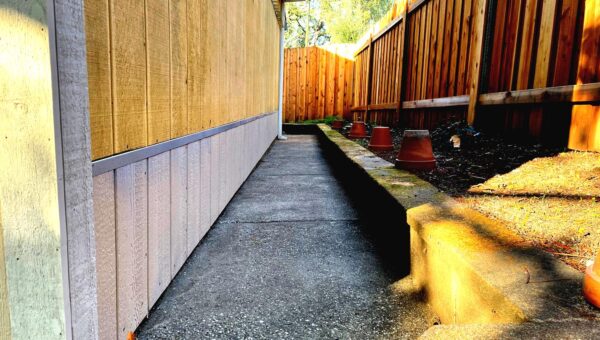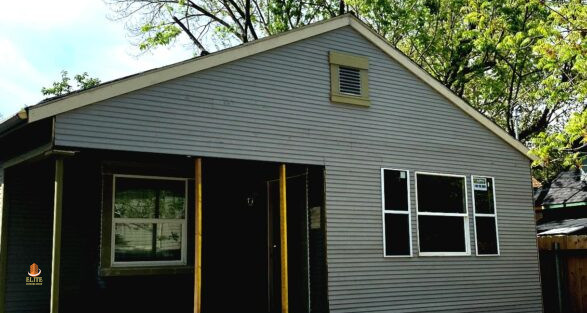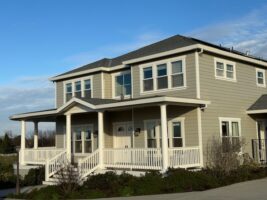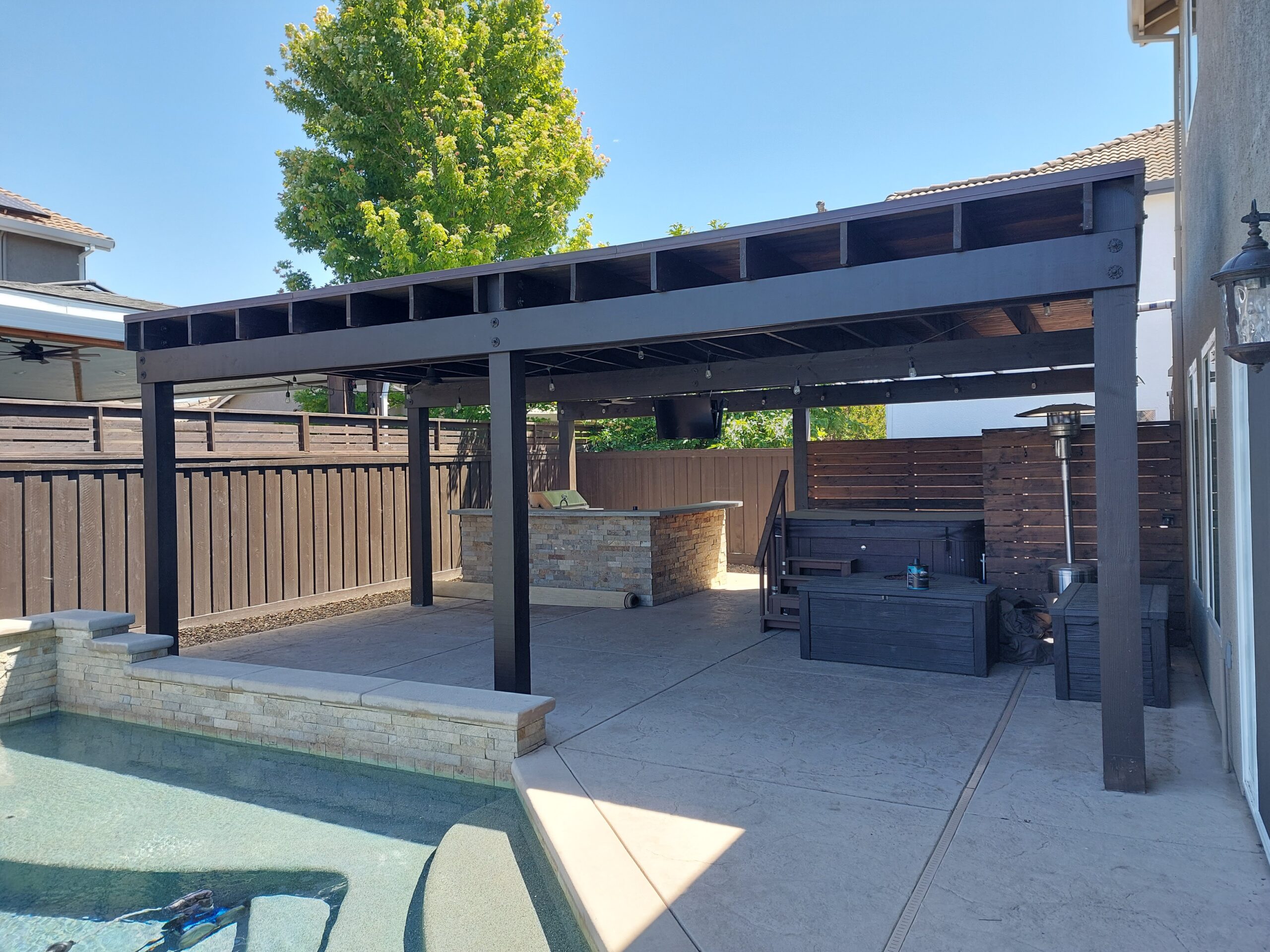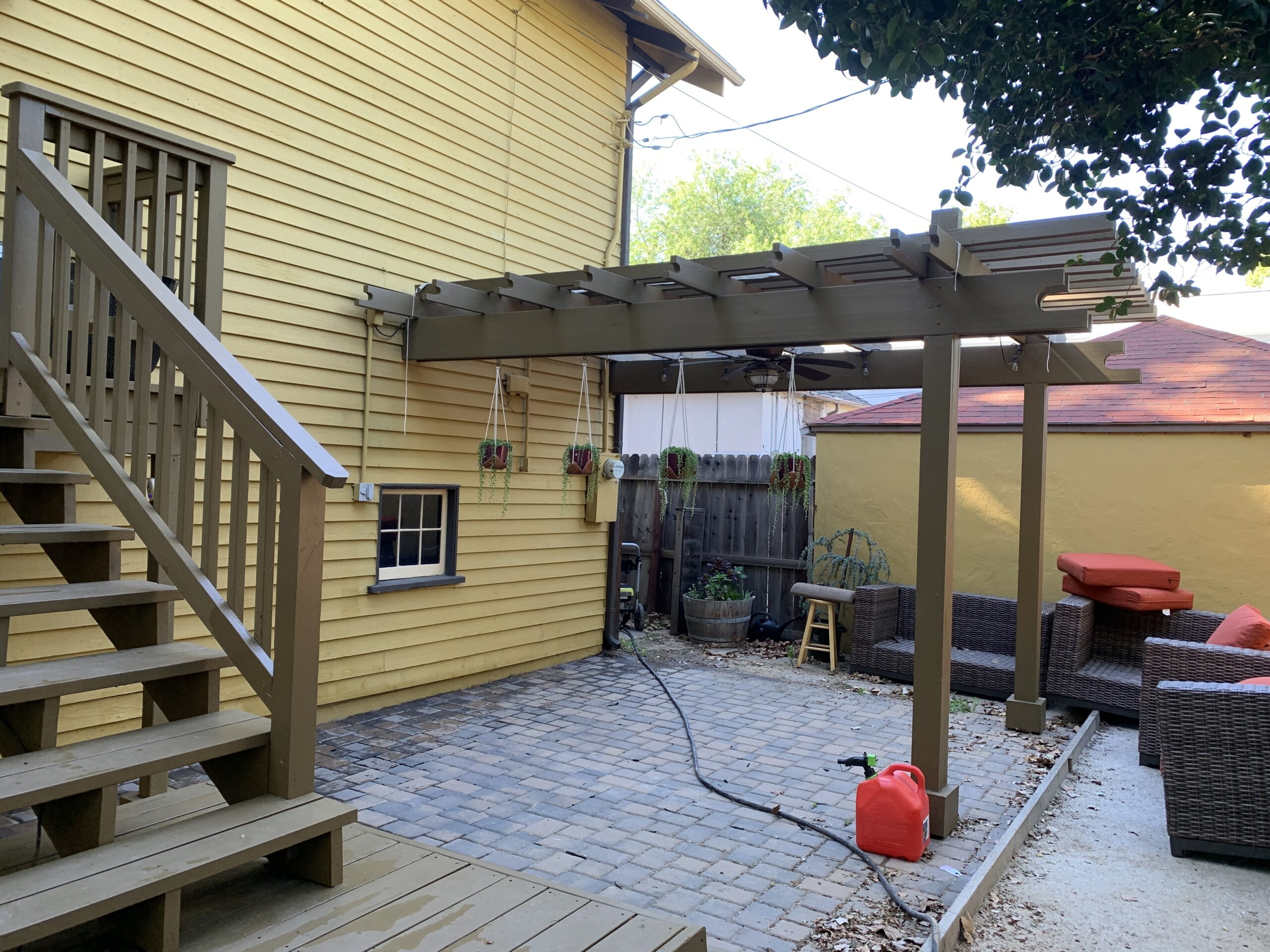When identifying ways to increase the efficiency of your home, most people think of replacing their windows, and doors, and/or upgrading their heating and air conditioning systems. They don’t think of replacing their siding. However, replacing the exterior envelope of your home can provide significant energy savings, while increasing your home’s curb appeal.
The exterior of your home is the first defense against the outdoor elements. It is the barrier that keeps the inclement weather and extreme temperatures from adversely affecting the people inside your home and helps reinforce its overall structure.
If your siding has torn off, was damaged, or is cracked, it is no longer protecting the exterior walls of your home. Nor is it keeping the conditioned air – provided by your heating and air conditioning system – inside your home. Not only are you wasting money on your energy bills, but you are also increasing the chances of further damage to every part of your home; the interior, exterior, and foundation.
Many homeowners think of heat gain or heat loss due to the cracks and crevices around their windows and doors. However, it can also occur in places where there are breaks in your insulation, like between studs, joists, and rafters. Even if there is thick insulation between the studs, joists, and rafters, it does not stop the flow of heat to and from the exterior of your home as it is not continuous insulation. Meaning, that even if your insulation has a high R-value (a measure of thermal resistance in insulation), heat can still transmit through the separations and cracks.
The walls, roof, foundation, and ceilings can all be areas where conditioned air leaks out of your home, decreasing its efficiency. Whatever the season, if heat enters or exits your home, in either direction, it is never a good thing. You may notice temperature swings between rooms or between the upper and lower levels of your home. This can be a result of poor insulation. Ideally, the temperature in every room should be consistent throughout your home.
Think of it this way; if you have a down jacket with a tennis ball-sized hole, the best way to keep the cold air out is to patch the hole, not fill it with more down stuffing. By patching the hole, you are creating continuous insulation. The same holds true with your home. Continuous insulation blocks heat transfer by enveloping the complete exterior of your home with foam or fiberglass board, installed underneath your siding.
Continuous insulation blocks heat transfer by covering all sides of your home, including the studs, and can have a huge impact on household comfort and efficiency. A proper siding and insulation upgrade will reduce drafts, as well as condensation within the walls of your home. Walls aren’t supposed to breathe, nor should they trap moisture. Vapor barriers and caulking beneath siding eliminate drafts but if not done right, can trap moisture. This creates an environment where mold and mildew can form.


